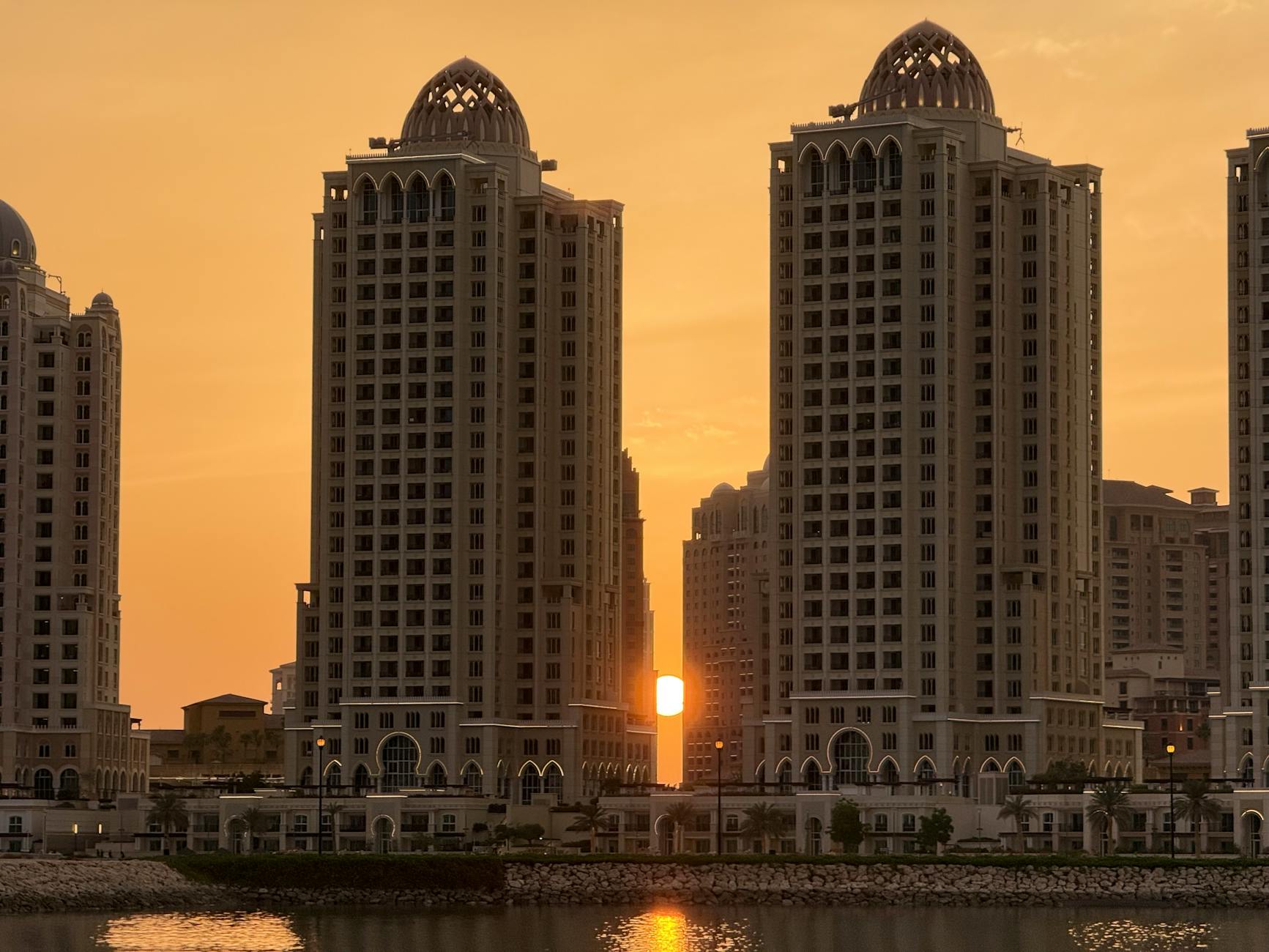As global investors seek diversification and exposure to emerging markets, the Gulf Cooperation Council (GCC) offers a unique mix of opportunity, tax efficiency, and strategic location. Among the key players, Doha (Qatar), Dubai (UAE), and Bahrain (Manama) stand out as prominent real estate hubs—but with distinct market dynamics, investment profiles, and offshore advantages.
For offshore investors, understanding these nuances is essential for making informed decisions.
Doha: The Rising Star with Strategic Stability
Key Features:
- Strong Sovereign Backing: Supported by Qatar’s vast energy wealth and the Qatar Investment Authority (QIA), Doha’s real estate market benefits from economic stability and long-term strategic vision.
- Regulated Freehold Zones for Foreigners: Key areas like The Pearl, Lusail, and West Bay Lagoon offer freehold ownership to expatriates and foreign investors.
- Rental Yields: Typically range between 5% – 7%, with growing demand for high-end residential and commercial properties.
Offshore Appeal:
- Tax-Neutral Environment: No property taxes, inheritance taxes, or capital gains taxes on real estate investments.
- Gradual, Sustainable Growth: Doha’s market avoids the speculative bubbles often seen in neighboring cities, making it attractive for long-term wealth preservation.
Dubai: The Regional Powerhouse and Global Magnet
Key Features:
- Mature, Liquid Market: Dubai boasts one of the most active real estate markets globally, with well-established freehold laws and investor-friendly regulations.
- Luxury and Innovation Hub: Areas like Palm Jumeirah, Downtown Dubai, and Dubai Marina attract global investors, high-net-worth individuals, and digital nomads.
- Rental Yields: Generally between 6% – 8%, though high-end properties can offer lower yields due to premium pricing.
Offshore Appeal:
- Highly Developed Offshore Infrastructure: Dubai International Financial Centre (DIFC) and numerous offshore vehicles facilitate seamless real estate ownership and financing.
- Global Connectivity: As a top international business hub, Dubai offers unmatched logistics, transport, and business-friendly governance.
Bahrain: The Undervalued Gateway
Key Features:
- Affordable Entry Point: Compared to Doha and Dubai, Bahrain offers lower property prices, especially in areas like Amwaj Islands and Reef Island.
- Diversified Economy: While still reliant on oil, Bahrain’s push into banking, fintech, and logistics adds economic resilience.
- Rental Yields: Range between 7% – 9%, making Bahrain attractive for yield-seeking investors.
Offshore Appeal:
- Established Offshore Banking Sector: Bahrain’s history as a financial services hub provides robust offshore structures for real estate investors.
- Investor-Friendly Reforms: Recent regulatory changes have opened up more freehold opportunities and streamlined foreign investment procedures.
Comparative Snapshot
| Market | Entry Price (per sqm, USD) | Average Rental Yield | Offshore Advantages | Risk Profile |
|---|---|---|---|---|
| Doha | $3,500 – $5,500 | 5% – 7% | Tax-neutral, strategic stability | Low to Medium |
| Dubai | $4,000 – $7,000 | 6% – 8% | Global connectivity, offshore hubs | Medium |
| Bahrain | $2,000 – $3,500 | 7% – 9% | Established offshore banking, high yields | Medium to High |
Final Thoughts: Choosing the Right Market
- Doha is ideal for conservative investors prioritizing stability, long-term appreciation, and tax neutrality.
- Dubai suits those seeking liquidity, global prestige, and high-growth opportunities in a mature market.
- Bahrain appeals to yield-hunters and those looking for undervalued assets with upside potential.
At Invest Offshore, we guide our clients through these markets with tailored strategies that align with their risk tolerance, investment horizon, and offshore wealth planning objectives.

Leave a Reply